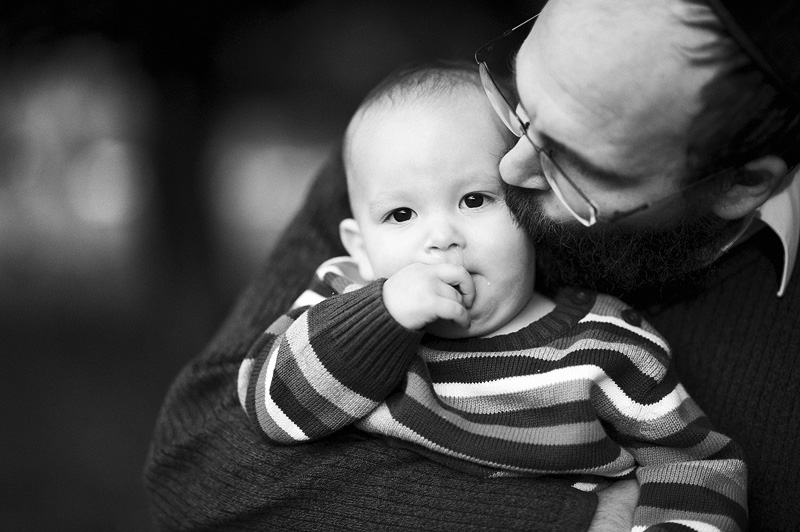A few days ago I received this cryptic telegraph from China:
PHOTOGLAPHY MAN STOP I AT DLY CREANERS AND SEE BLOG STOP VELY NICE STOP I WATN KNOW WHAT IS STOP STOP HOPING YOU CAN HEPL STOP UP STOP DOWN STOP OPEN STOP STOP I DNOT GET IT STOP HOP ON STOP STOP STOP ON HOP STOP THIS GETTING BROODY EXPENSIVE STOP MUST USE ACLONYMS STOP PHIFAIFIAGN STOP TY STOP
For the record I don't normally get telegraphs. And while it is an option on my contact me page I never really expected anyone to actually use it. Just goes to show that it's always better to have more options just in case (which is entirely untrue).
And while I'm honored that one would have go through all this trouble to contact me in this way I fail to comprehend exactly what is being requested here. The word STOP seems to be a bit repeated which seems to stress its importance (although, of course, the telegraph operator may have the typing equivalent of Tourette Syndrome, you never know). So I'll pose my own question and answer it (how lame is that?).
What the heck is a stop? I see it in all photography literature. Close down a stop. Up the ISO a stop. Slow the shutter speed a stop. English?
Good question (thank you).
First of all we have to understand an aperture. Every lens lets light through it to the sensor (digital or film) to record a photograph. Every lens allows you to adjust how much light it allows in (either to quicken or slow down the shutter speed, to change the exposure, or for depth of field choices). The apparatus inside the lens which closes down is called an aperture.
The job of this aperture is to stop the light from coming in. Each time you close it down a notch it is called a stop. Stopping down is done in halves (and opening up is done in doubles). Each time you close down a full stop you allow half the amount of light in as before.
On most modern cameras the aperture changing is done from the camera, not the lens.
Okay, so now we know that each stop effectively halves or doubles the light let in. So the beings in charge decided that all three criteria for changing an exposure (ISO, shutter speed an aperture) should be measured in stops. So if you have a correct exposure but you'd like to open up your aperture two stops (for less depth of field) you have to increase your shutter speed or decrease your ISO by two stops (or one of each). If you want to slow down your shutter speed from say 1/30 of a second to 1 second (5 stops: 30-15-8-4-2-1) (say, to blur the motion of water) you'd have to close down your aperture or decrease your ISO by five stops.
(Most modern cameras allow adjustments in half or third stops also.)
Kapish?
On to completely unrelated topics. Mazal Tov to my co-cow-watcher Nechemiah Newman on the birth of a daughter. May the high pitched voice, the mood swings and cuteness balance your 3 crazy (good crazy) boys.
Here's a shoot I did a few months back with them before C's Ushernish.
Yes, I do notice the vast number of "walking away from behind" shots. I'm not sure what's up with that either.
It's an older shoot so the pictures aren't nearly as consistent as I'd like, but Devorah is reading this and I must speak nicely.
This month Baruch Hashem should be quite busy so check back often for new posts.
(And much luck to the chinese dude.)








































